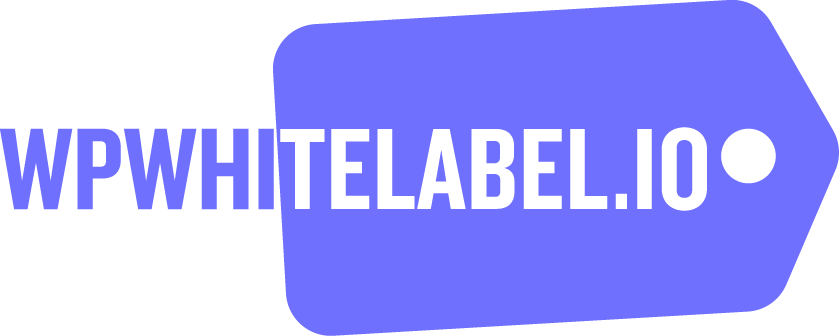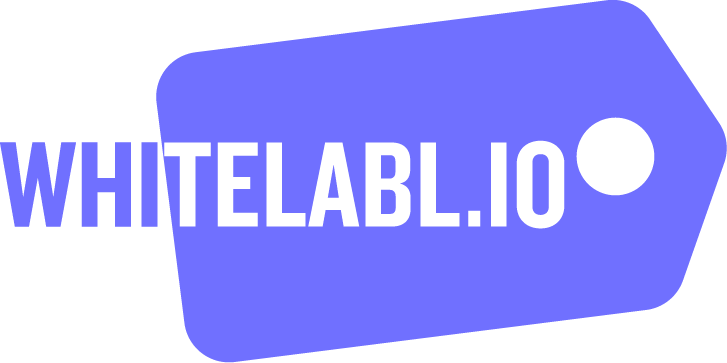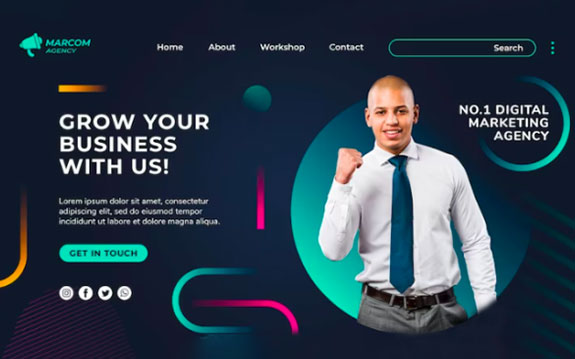In web design, businesses are continually seeking cost-effective strategies that maintain high-quality standards. One approach gaining prominence is the utilization of white label website design services. This guide explores the cost-effectiveness of integrating white label services into the web design process, offering businesses a competitive edge while optimizing their budgetary considerations.
1. What is White Label Website Design Services?
White label website design services involve outsourcing the design and development of websites to third-party providers who work under the branding of the hiring company. The websites are delivered as if they were created in-house. White-label services cover a spectrum of design needs, including UI/UX design, responsive design, eCommerce solutions, and more. Businesses can leverage these services to expand their design capabilities without the need for a dedicated in-house team.
Read: White Label WordPress Development for Digital Agencies
2. Key Factors Contributing to the Cost-Effectiveness
One of the primary advantages of white label website design services is the reduction in operational costs. Businesses can avoid the expenses associated with hiring and maintaining an in-house design team, including salaries, benefits, and infrastructure costs.
Scalability Without Overhead
White label services offer scalability without the accompanying increase in overhead costs. As design projects scale, businesses can leverage the resources of white label partners without the burden of managing a larger internal team.
Access to Specialized Expertise
Instead of investing in training internal staff for specialized design skills, businesses can tap into the expertise of white label partners. This access to specialized skills ensures that the design work meets high standards without the need for extensive training expenses.
Faster Project Turnaround
White label services can lead to faster project turnaround times. With an external team dedicated to design tasks, businesses can meet tight deadlines more efficiently, ensuring timely project delivery without incurring additional costs associated with rushed timelines.
Know more: How to Offer White Label WordPress Maintenance as an Agency
3. Strategies for Maximizing Cost-Effectiveness
Start by providing a comprehensive project briefing to the white label design team. A clear understanding of project requirements minimizes revisions and ensures that the design aligns with client expectations, reducing the overall cost of the project.
Efficient Communication Channels
Establish efficient communication channels between the business and the white label design team. Effective communication via Slack or other tools can reduce the likelihood of misunderstandings. It can also streamline the design process and minimize the need for revisions.
Quality Assurance Protocols
Implement robust quality assurance protocols to ensure that the design work meets the desired standards. Thorough testing can identify and address issues early in the process, avoiding costly revisions after project completion.
Continuous Collaboration
Foster a collaborative relationship with the white label design team. Continuous collaboration allows for real-time feedback and adjustments, reducing the risk of design elements not aligning with client expectations.
Summary
The cost-effectiveness of white label website design services lies in their ability to reduce operational expenses, provide scalability without additional overhead, and offer access to specialized expertise. By adopting efficient communication channels, implementing quality assurance measures, and fostering continuous collaboration, businesses can maximize the benefits of white label services. This strategic approach not only optimizes costs but also positions businesses to deliver high-quality web design solutions in a competitive and dynamic market.



